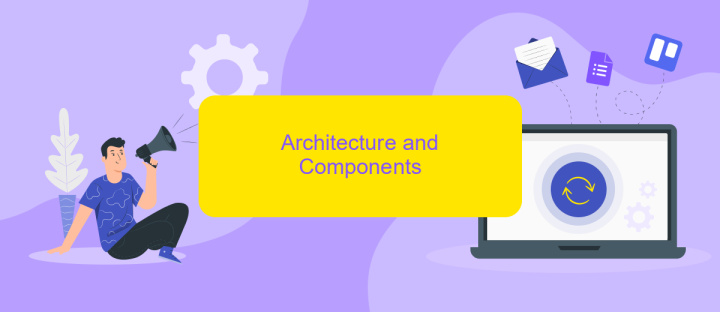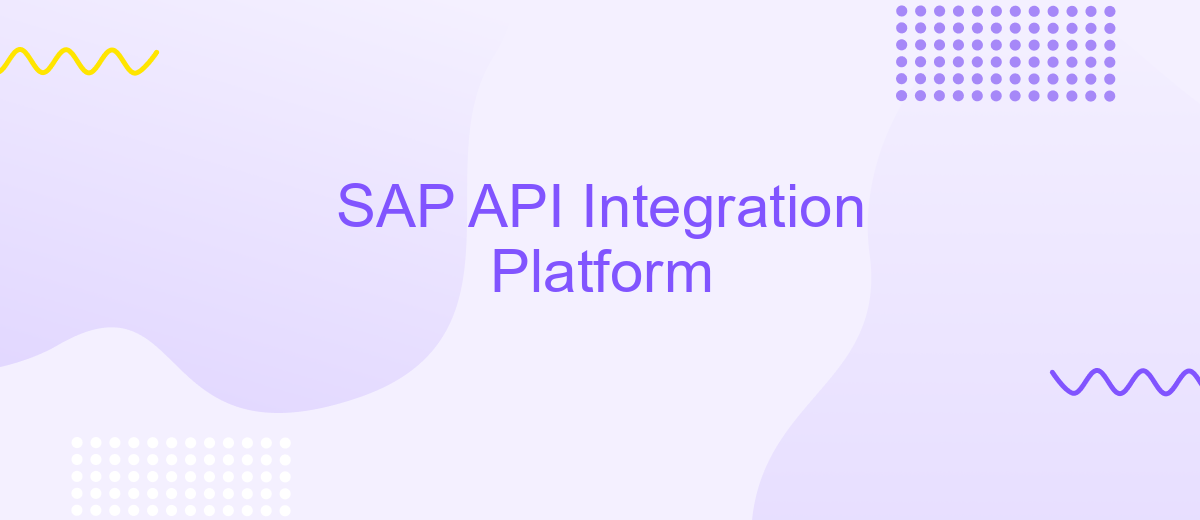SAP API Integration Platform
The SAP API Integration Platform is a powerful tool designed to streamline and enhance business processes by enabling seamless connectivity between diverse applications and systems. By leveraging this platform, organizations can efficiently integrate SAP solutions with third-party applications, ensuring real-time data exchange and improved operational efficiency. This article explores the key features, benefits, and best practices for utilizing the SAP API Integration Platform to drive digital transformation.
Introduction to SAP API Integration Platform
The SAP API Integration Platform is a pivotal tool for businesses looking to streamline their operations and enhance connectivity across various systems. By providing a robust framework, it enables seamless integration of SAP applications with third-party services, facilitating efficient data exchange and process automation. This platform supports a wide range of protocols and standards, ensuring compatibility and flexibility in diverse IT environments.
- Comprehensive support for REST, SOAP, and OData protocols.
- Enhanced security features to protect data integrity and privacy.
- Scalable architecture to accommodate growing business needs.
- User-friendly interface for simplified management and monitoring.
- Extensive library of pre-built connectors for rapid deployment.
As businesses increasingly rely on digital solutions, the SAP API Integration Platform offers a strategic advantage by facilitating smooth communication between disparate systems. It not only reduces the complexity of integration projects but also accelerates time-to-market for new initiatives. By leveraging this platform, organizations can achieve greater agility, improve operational efficiency, and drive innovation across their digital landscape.
Key Features and Capabilities

SAP API Integration Platform offers a robust suite of features designed to streamline and enhance business processes. At its core, the platform provides seamless connectivity between SAP systems and third-party applications, enabling organizations to automate workflows and improve efficiency. Its intuitive interface allows users to easily configure integrations without the need for extensive coding knowledge, ensuring that both technical and non-technical staff can leverage its capabilities. The platform supports a wide range of protocols and standards, ensuring compatibility with various systems and technologies.
In addition to its core integration features, the platform also offers advanced monitoring and analytics tools. These tools provide real-time insights into data flows and system performance, allowing businesses to quickly identify and resolve any issues. For those looking to simplify the integration process further, services like ApiX-Drive can be utilized to automate and manage integrations efficiently. ApiX-Drive enhances the platform's capabilities by providing pre-built connectors and templates, reducing the time and effort required to establish new integrations. Overall, the SAP API Integration Platform empowers businesses to optimize their operations through effective and efficient system integration.
Architecture and Components

The SAP API Integration Platform is designed to streamline the connectivity and interaction between various applications and services within an enterprise ecosystem. It leverages a robust architecture to ensure seamless data exchange and process automation. The platform's core components work together to provide a scalable and secure environment for API management and integration.
- API Gateway: Acts as a central entry point for API requests, providing traffic management, security, and monitoring capabilities.
- Integration Hub: Facilitates the orchestration and transformation of data between disparate systems, enabling smooth inter-application communication.
- Developer Portal: Offers a collaborative space for developers to access API documentation, testing tools, and analytics, enhancing the development experience.
- Security Layer: Ensures data protection and compliance through authentication, authorization, and encryption mechanisms.
By integrating these components, SAP's platform ensures efficient and reliable API management, fostering innovation and agility in business processes. The architecture supports both cloud and on-premise deployments, making it adaptable to diverse IT landscapes. This flexibility allows organizations to optimize their operations and respond swiftly to market changes.
Use Cases and Benefits

The SAP API Integration Platform is a powerful tool that enables businesses to seamlessly connect their systems and processes. By providing a unified interface for managing APIs, it simplifies the integration of various applications, enhancing operational efficiency. This platform is particularly valuable for organizations aiming to streamline workflows and improve data exchange across different systems.
One of the primary use cases for the SAP API Integration Platform is in the automation of business processes. By integrating disparate systems, companies can automate routine tasks, reducing manual intervention and minimizing errors. Moreover, it facilitates real-time data access, empowering decision-makers with timely insights that drive strategic actions.
- Enhanced collaboration between departments through integrated systems.
- Reduced operational costs due to process automation.
- Improved customer experiences by enabling faster response times.
- Scalability to accommodate growing business needs without significant infrastructure changes.
Ultimately, the SAP API Integration Platform offers significant benefits by fostering a connected enterprise ecosystem. It not only improves internal efficiencies but also supports innovation by allowing businesses to quickly adapt to changing market demands. As a result, organizations can maintain a competitive edge while ensuring robust and reliable operations.


Implementation and Best Practices
Implementing SAP API Integration Platform requires a strategic approach to ensure seamless connectivity and data flow across systems. Begin by assessing your business requirements and identifying the APIs necessary for your operations. It's crucial to establish a robust architecture that supports scalability and security. Utilize tools like ApiX-Drive to simplify the integration process, as it offers a user-friendly interface and pre-built connectors that can significantly reduce development time. Ensure that your team is well-versed in SAP's integration capabilities and follows best practices in API management, such as version control, authentication, and monitoring.
Adopting best practices is essential for maintaining a reliable integration environment. Regularly update and test your APIs to accommodate changes in business processes and external systems. Implement comprehensive logging and monitoring to quickly identify and resolve issues. Consider using ApiX-Drive's automation features to streamline repetitive tasks and improve efficiency. Additionally, foster collaboration between IT and business units to align integration efforts with organizational goals. By adhering to these practices, you can leverage the full potential of the SAP API Integration Platform to drive innovation and operational excellence.
FAQ
What is SAP API Integration Platform?
How can SAP API Integration Platform benefit my business?
What are the key components of SAP API Integration Platform?
How do I start integrating APIs with SAP systems?
What are some best practices for API integration on the SAP platform?
Time is the most valuable resource for business today. Almost half of it is wasted on routine tasks. Your employees are constantly forced to perform monotonous tasks that are difficult to classify as important and specialized. You can leave everything as it is by hiring additional employees, or you can automate most of the business processes using the ApiX-Drive online connector to get rid of unnecessary time and money expenses once and for all. The choice is yours!

